Nest Doorbell vs. Nest Hello: Should you upgrade?
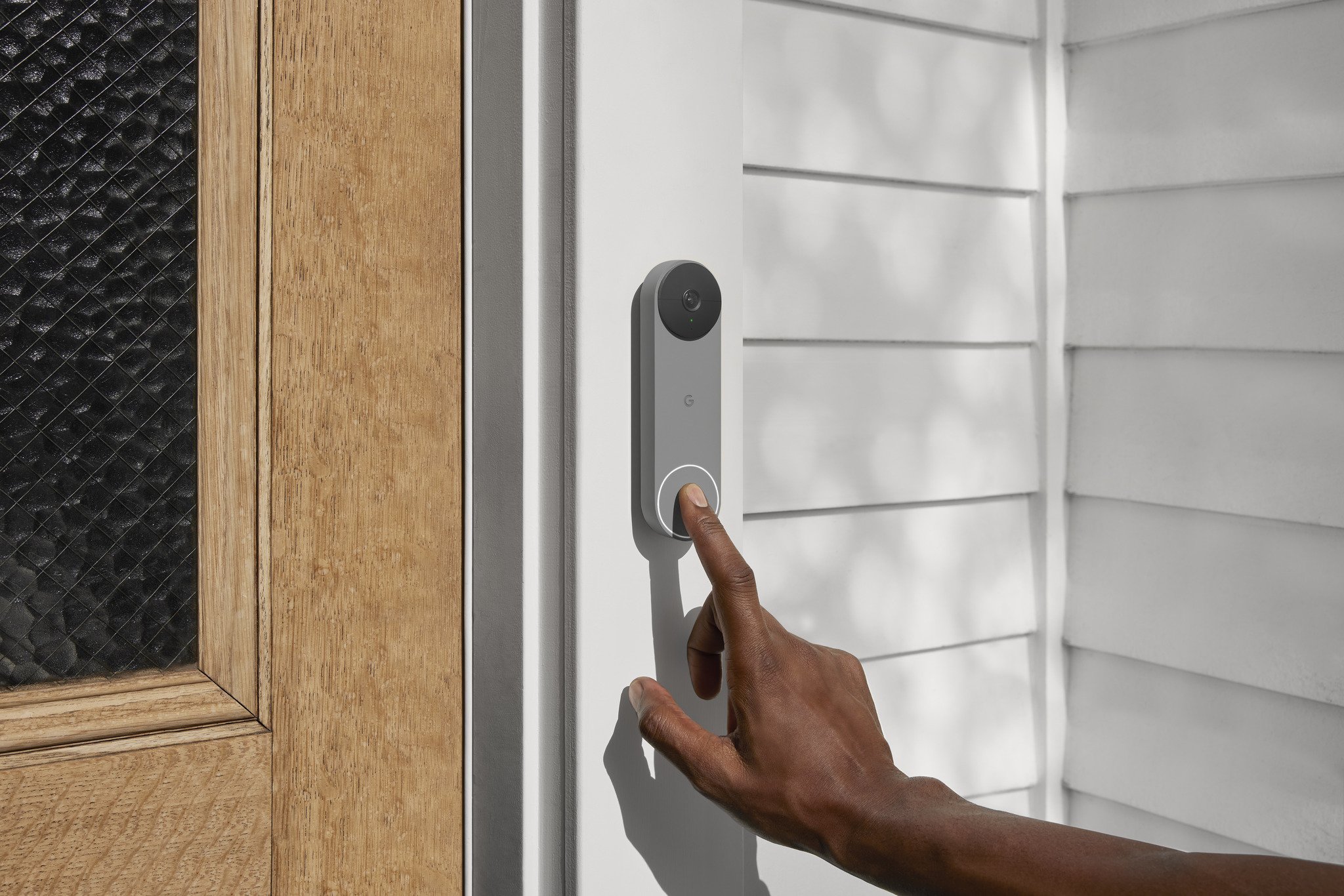
Nest Doorbell (Battery)
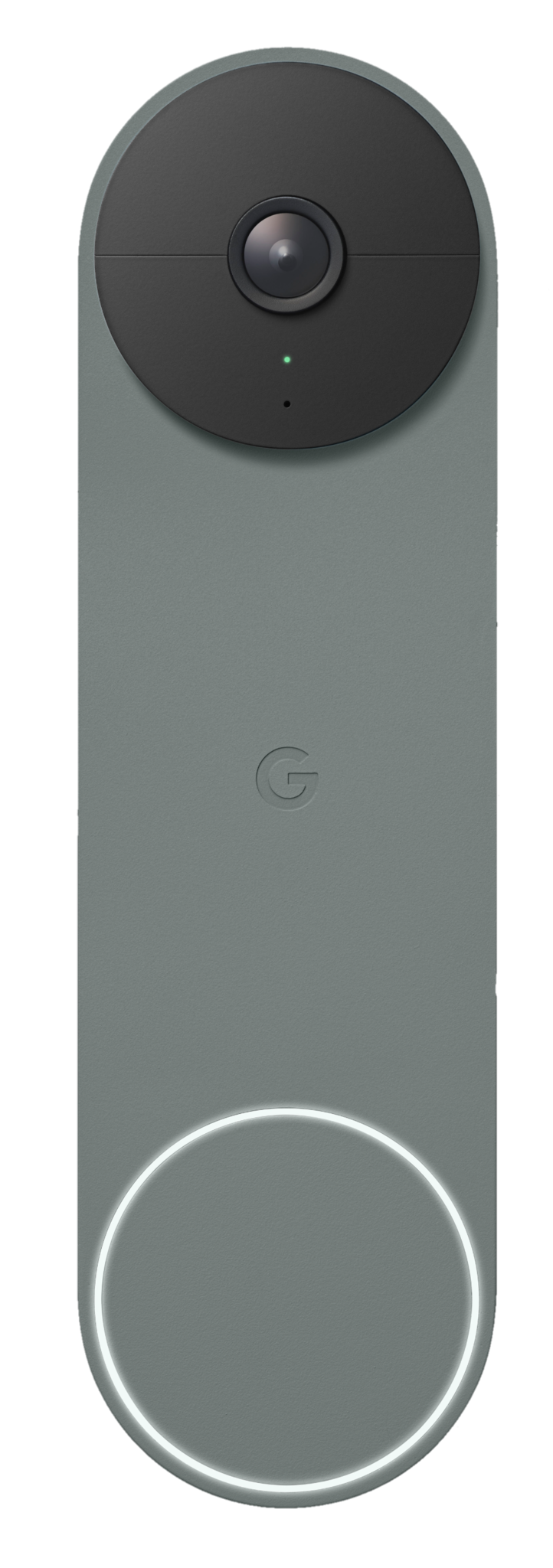
Most video doorbells have AI detection, activity zones, and cloud storage for video clips, but only the new Nest Doorbell offers this without a subscription. It sports solid battery life, decent resolution with a tall FOV, and a stylish design. Plus, with a subscription, it can detect familiar faces.
Nest Doorbell (Battery)
Bigger, smarter, prettier
Nest Hello Doorbell (Wired)

Only the wired Nest Hello enables continuous video recording (if you pay for a subscription). Add in its crisp resolution, and the wired Nest is more likely to give you clear footage of suspicious characters. On the other hand, it requires a tricky installation and has little to offer without a subscription.
Nest Hello Doorbell (Wired)
Always watching
Released in 2017, the Nest Hello remains one of the best smart doorbells available. Google has since relabeled it as the new Nest Doorbell (wired), but it's essentially the same doorbell as before. As an alternative, the new Nest Doorbell (battery) doesn't require hardwiring, it's cheaper, and has smarter AI tools without requiring a subscription — but it can't shoot continuous recordings (CVR) like the Hello. So whether you're choosing which to buy or weighing whether or not to replace your current Hello, our Nest Doorbell vs. Nest Hello guide will help you decide.
Nest Doorbell vs. Nest Hello: AI smarts and Nest Aware
For years, the Nest Hello doorbell exhibited how effective a wired doorbell could be for home security. It offers HDR footage with a wide field of view (FOV), continuous 24/7 recordings, Google Home/Assistant integration, customized motion zones, person/object detection, and facial recognition.
The new Nest Doorbell (wired) doesn't make any meaningful upgrades on the Nest Hello, making the two synonymous. But the Nest Doorbell (battery) showcases some significant changes that make it more competitive as a 2021 device. For starters, if you don't want to pay for a monthly subscription, the Nest Doorbell (battery) is your only reasonable option.
Nest Hello depends on Nest Aware to provide functioning security. Nest Doorbell works well without Aware, though you'll need it for facial recognition and 30-day storage.
When using Nest Hello without Nest Aware, the doorbell sends you an alert anytime it detects motion, without any context for what it is. Then, it takes a single screenshot of whatever it detected — no video clips — and deletes the photo after three hours. By contrast, the Nest Doorbell (battery) without Nest Aware differentiates between people, animals, vehicles, and packages so you only receive relevant alerts, can set motion zones, and even record motion-activated video clips. Frustratingly, they're still deleted after three hours, but that at least gives you time to save relevant footage to storage.
With Nest Aware, both offer the same (superb) perks. For example, you get stored "familiar faces," so your Nest doorbell tells you if someone you know is at the door. Both doorbells' sound detection will get an intelligence boost, so they recognize and warn you about glass breaking or fire alarms. And you can scroll through 30 days' worth of "video history," where your video clips are stored and cataloged for one month.
Get the latest news from Android Central, your trusted companion in the world of Android
You can also pay for Nest Aware Plus, which unlocks 60 days of event history and up to 10 days' worth of CVR. However, only the Nest Hello/Nest Doorbell (wired) support 24/7 recording. Even though the Nest Doorbell (battery) can be optionally hardwired for constant power, its larger size reportedly makes it unable to handle nonstop recording without overheating.
Nest Doorbell vs. Nest Hello: Battery-powered or hardwired
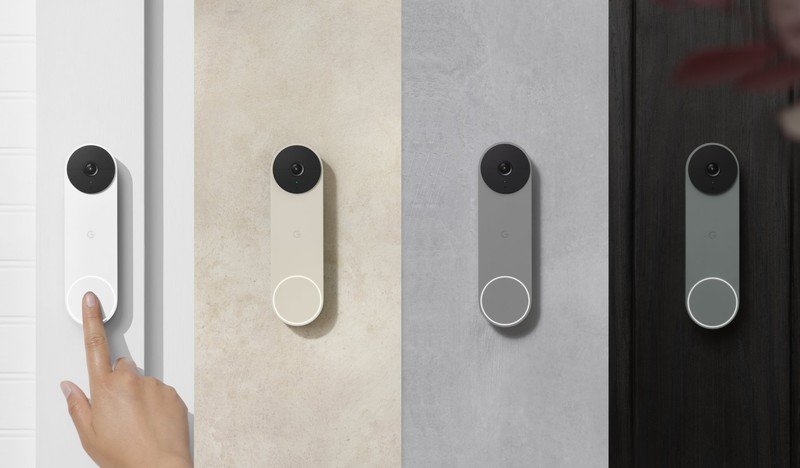
With the wireless Nest Cam (battery), you get the same perks and downsides as most wireless doorbells. As an upside, it can attach to your door without requiring hardwiring, making installation much easier. Also, because of its wireless battery, it'll continue to record during a power outage while the Nest Hello will instantly turn off.
On the other hand, it won't connect to your house's chime system unless you hardwire it, meaning you'll have to rely on your smart displays or speakers to hear anything. And while it has a 7-month average battery life per charge, it likely won't last that long if it's activated frequently. Once it does run out of power, you'll have to unlock it from its mount, take it inside, and recharge it for a few hours. Of course, hardwiring the Nest Doorbell would solve all of these problems.
If you want to hardwire a Nest Doorbell, check this Nest Doorbell compatibility test to see if your home can support one. If so, you could use the Nest Hello with Nest Aware and get most of the same perks as the new Nest Doorbell without worrying about recharging. Then again, the Nest Doorbell gives you the option of either battery or wired installation for a lower price and is more self-sufficient without Nest Aware — so long as you can do without 24/7 recordings.
Nest Doorbell vs. Nest Hello: Specs
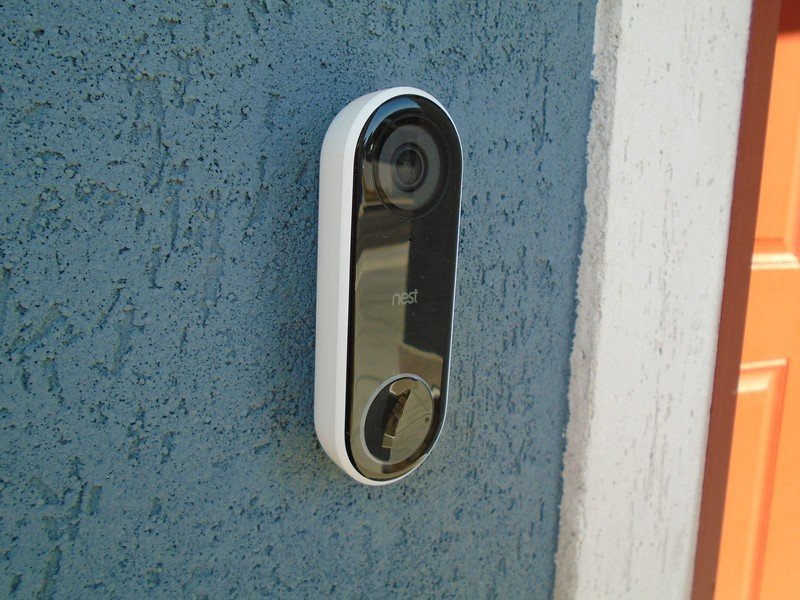
While the Nest Hello and Nest Doorbell (battery) have fairly similar specs, each has specific advantages over the other that shouldn't be ignored.
| Header Cell - Column 0 | Nest Doorbell (battery) | Nest Hello/ Nest Doorbell (wired) |
|---|---|---|
| Dimensions | 1.8 x 6.3 x 0.9 inches | 1.7 x 4.6 x 1.0 inches |
| Colors | Snow, Linen, Ivy, Ash | Black |
| Video | 960x1,280 with 3:4 aspect ratio 30 FPS HDR | 1,600x1,200 with 4:3 aspect ratio 30 FPS HDR |
| Camera | 1/3-inch, 1.3MP color sensor 6x digital zoom | 1/3-inch, 3MP color sensor 8x digital zoom |
| FOV | 145º diagonal | 160º diagonal |
| Night Vision | 850nm IR LEDs | 850nm IR LEDs |
| Power | Built-in rechargeable Li-Ion battery, 6 Ah, 3.65V Optional wired, using 8–24VAC and requiring 10VA Power | 16V AC–24V AC; requires a 10VA transformer |
| Operating temperature | –40° to 104°F (–20°C to 40°C) | 5° to 104°F (–15° to 40°C) |
| Weather resistance | IP54 | IPX4 |
| Wireless | 802.11a/b/g/n (2.4 GHz and 5 GHz) Wi-Fi | 802.11a/b/g/n/ac (2.4GHz/5GHz) 2x2 MIMO Wi-Fi |
| Security | TLS/SSL with 128-bit AES On-device machine learning | TLS/SSL with 128-bit AES |
The Nest Hello is much more compact, making it stand out less on your porch. But the larger, battery-powered Nest will make criminals take note, especially if you pick an eye-catching color. We'll note as well that the Nest Doorbell handles colder weather much better and has better water resistance and dust resistance if you live in a particularly rough climate.
Google likely wants to downplay how much better Hello's video quality is than the new Nest Doorbell.
Despite being much older, the Nest Hello has a better camera sensor, producing 2K-quality footage, a wider FOV, and closer zooming. The Nest Doorbell (battery) hits a solid resolution and has a much taller aspect ratio, making it easy to see packages on your porch. Still, other comparably priced, battery-powered doorbells like the Arlo Essential Video Doorbell and Eufy Video Doorbell both hit 2K resolution as well.
As mentioned before, the Nest Doorbell has on-device machine learning that enables it to process AI detection on-device without needing a subscription. Only Eufy doorbells offer a similar perk, giving it an edge over the subscription-dependant Nest Hello.
Nest Doorbell vs. Nest Hello: Which should you buy?
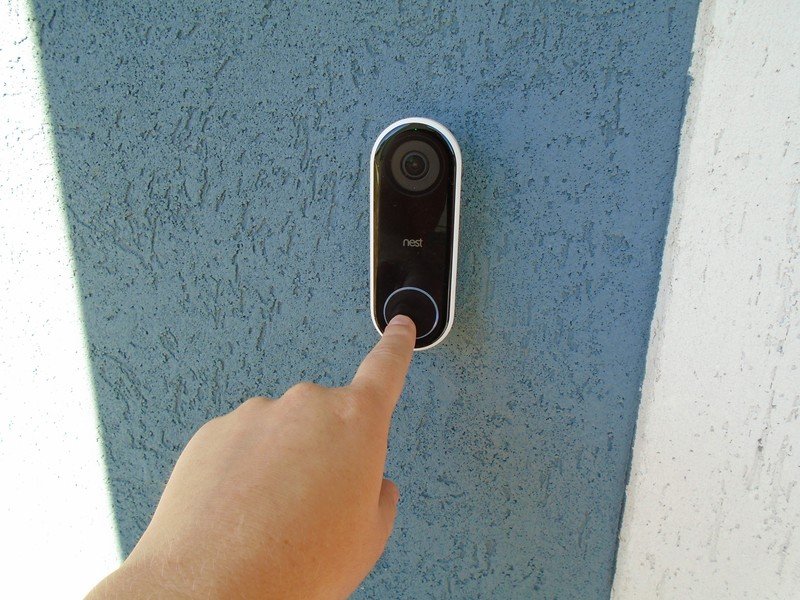
Do you have the Nest Hello already? Then there's no reason to upgrade to the Nest Doorbell (battery). Yes, the new doorbell works better without a subscription. But you'd lose out on 2K resolution and a 24/7 recording option. You already have the doorbell hardwired, and presumably, you're used to paying for Nest Aware already. Stick with what works.
Stick with Hello if you have it. New buyers will probably prefer the Nest Doorbell (battery) for its flexibility.
If you're looking for your first Nest Doorbell, it's a much tougher call. A battery-powered doorbell is much more convenient to install, but you must periodically recharge it inside. It has a lower resolution than the Nest Hello, but it does offer a better vertical view and bright HDR footage. And 24/7 recording, while highly useful, will cost you an extra $144 per year.
We'd argue that the Nest Doorbell (battery) is the better choice for flexibility, as it works wired or wirelessly and with or without a subscription. But if you don't mind spending extra for better home protection, the Nest Doorbell (wired) could be the better choice.

A young gun takes a shot at the champ
Blasting onto the scene with machine-learning smarts, a tall camera feed, a reliable battery, and some sweet color options, the Nest Doorbell (battery) will prove the better choice for anyone intimidated by having to rewire their home's chime system. It's cheaper than the Hello and will even save you subscription money after the fact.

Still crazy after all these years
The Nest Hello is four years old at this point. Despite that, its specs still hold up against the best-of-the-best, to the point that Google is deemphasizing its video prowess compared to the new Nest Doorbell. If you want clear, constantly running footage and don't mind a subscription or a tricky installation, strongly consider the old Nest Doorbell (wired).

Michael is Android Central's resident expert on wearables and fitness. Before joining Android Central, he freelanced for years at Techradar, Wareable, Windows Central, and Digital Trends. Channeling his love of running, he established himself as an expert on fitness watches, testing and reviewing models from Garmin, Fitbit, Samsung, Apple, COROS, Polar, Amazfit, Suunto, and more.
